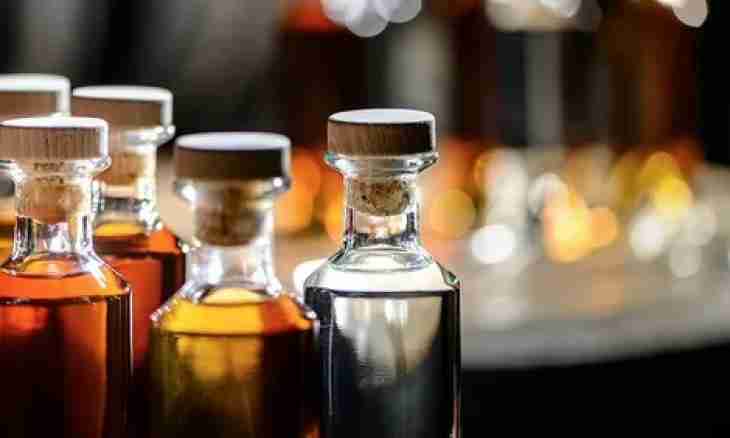The birth of cognac is shrouded in a secret. It is necessary for its creation that in uniform harmony the sun and grapes, centenary spirit and a cool of the basement, skill of the wine maker and century traditions merged. Grapes of which do cognac generally grow on the Black Sea coast of the Caucasus and near the Caspian Sea. The city of Kizlyar is especially nice for wine-making traditions. In 1885 several Kizlyar distilleries were united by the professional wine maker David Saragev. This date is traced over an entrance to the cognac house, oldest in Russia. So, the foundation was laid for the further cognac industry.
It is required to you
- For the cognac industry the classical French technology is used. It was also entered by Saragev.
Instruction
1. The rod demands permanent care and yields a harvest only for the fourth year after landing. In a consequence, from 1 kg of berries no more than 50 g of cognac turn out. Vintage usually takes place from August to October. The first stage of its processing - receiving a mash. Grapes get to the shop of initial processing via the bunker, by means of a spiral conveyor are served on centrifugal footpaths, are rejected by force of rotation on a grid and crushed (branches from grapes are eliminated, as unnecessary). By means of the pump ground weight together with juice moves in separate capacity - a stekatel. Juice flows down in a suslosbornik, and alburnum (mix from stones and the crushed berries) flows down under a press and the suslosbornik gets to another (for production of vodka).
2. The mash has to perebrodit. Therefore it on the pipeline is sent to huge fermentative tanks, under the open sky. It wanders until glucose doesn't break up to carbon dioxide and alcohol. Перебродив, it comes to the intermediate shop of storage, collecting in it (connection of wines from different parties turns out).
3. Then there comes the decisive production phase of cognac: double distillation of a young wine in a grape spirit (distillation). Wine material comes to the column still made of copper. It is filled for 80% that makes 5 tons of wine. Copper provides uniform warming up of contents of a cube and serves as the catalyst of difficult chemical reactions in wine, without changing its taste and aroma. In a cube there is a coil which gives steam of t=120 a hail. Wine begins to boil and begins to evaporate, at the same time alcohol (boiling t = the 79th hail.) evaporates much quicker than other components. Vapors of alcohol come to a dome-shaped cap, and then to a pipe where are condensed under the influence of cold. Fortress of the received alcohol-raw = 25-30 hail.
4. Then alcohol is overtaken once again, bringing the 70th hail to fortress. Spill in barrels and send to endurance. In oak casks alcohols from which long-term branded cognacs of difficult types are created are usually kept. Ordinary cognacs are made by age up to 6 years of grades which gain strength in the big enameled tanks. But as without tree cognac isn't born, oak clapboards keep within tanks.
5. When alcohol passed endurance, it comes to the blending shop. In the volume of 260,000 l alcohols of different parties mix up. Also purified water and a little sugar syrup is added. Then cognac is filtered and goes to the enameled tanks where it is sated with taste.

